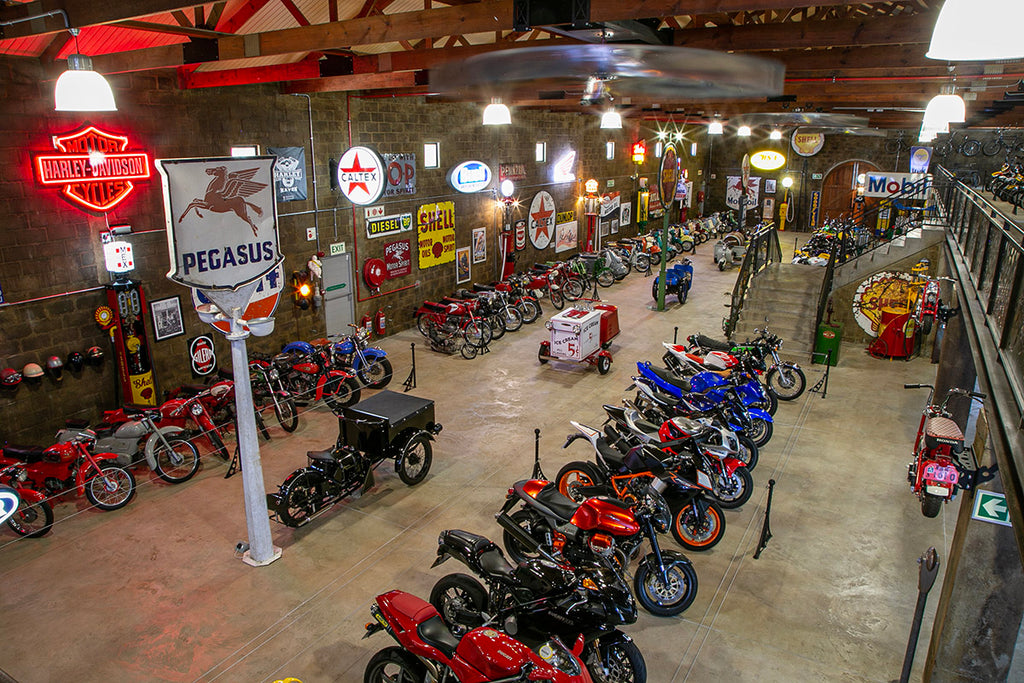
Dave Neto had to make a decision. Either he had to sell his entire bike collection, or he would open a museum. Thankfully he decided on the latter. We head to the newly-opened Helderberg Motorcycle Museum outside Cape Town and pay the collector (and his stunning collection) a visit.
Words and pictures: Wilhelm Lutjeharms
Outside, at the entrance, are neat wall mounts for motorcycle helmets, already a clear indication of what you are about to discover inside. First there is a coffee shop, but turn to your right and a massive 200-strong motorcycle collection greets you.
It is not often that one can witness the opening of a new museum in South Africa, never mind one that focuses on motorcycles. Having said that, this is the second automotive museum to open in the area these past few months, the other being the impressive Museo Della Passione.
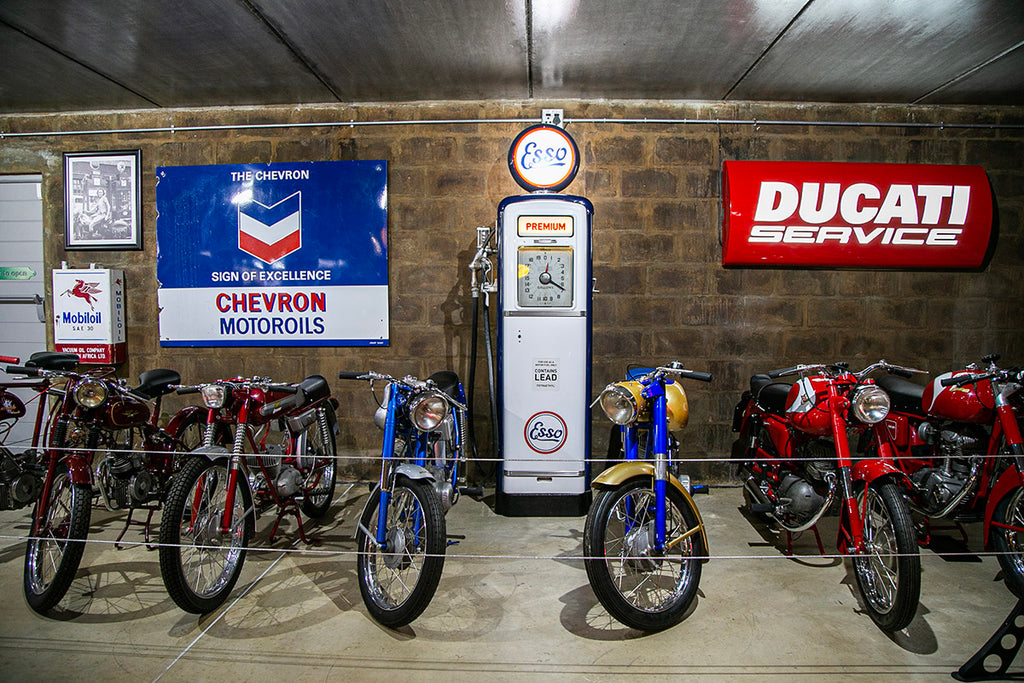
The world-class facility has been neatly curated and apart from the motorcycles there is a significant collection of memorabilia along the walls and spread out on the floor. More modern motorcycles are parked in the centre, but the highlight of the collection is undoubtedly the vintage and classic motorcycles parked along the walls, downstairs as well as upstairs.
Accumulating such a vast and varied collection doesn’t happen overnight and Dave Neto, with his quiet and relaxing demeanour, explains where it all started.
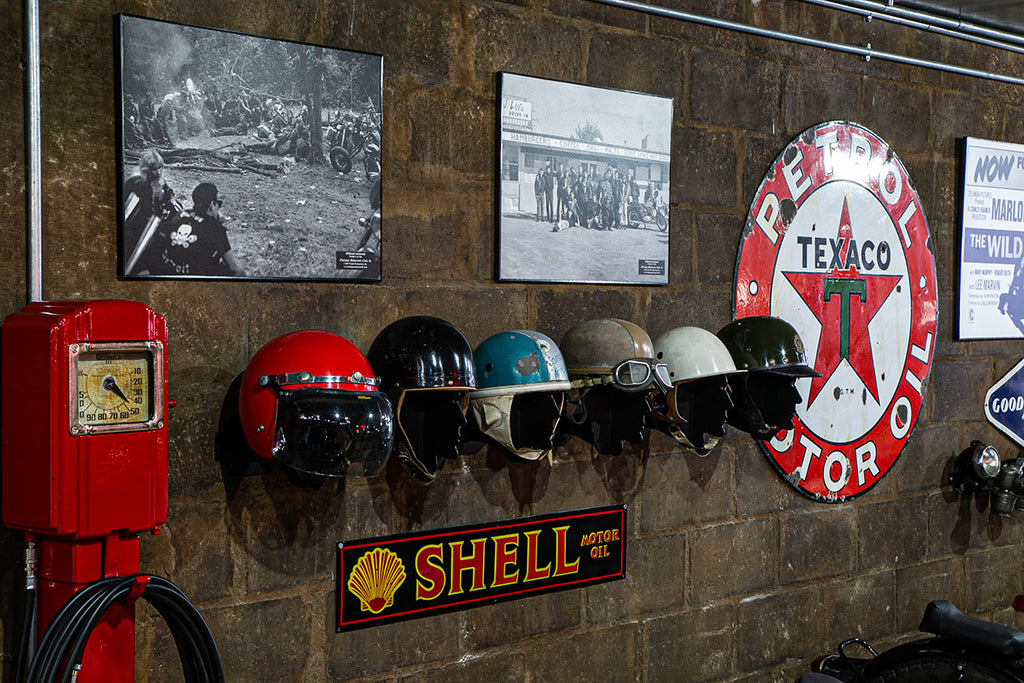
“Collecting the motorcycles and just hoarding them is a rather pointless exercise to me. I discussed this with my wife, as I either wanted to sell the collection, or open a museum. You get collectors who don't want people to know what they have and who don't share it, but what is the point of that? This collection is not about me, it is about the bikes, and people must enjoy that. Also, I don’t buy to sell, I buy to keep and then to display.
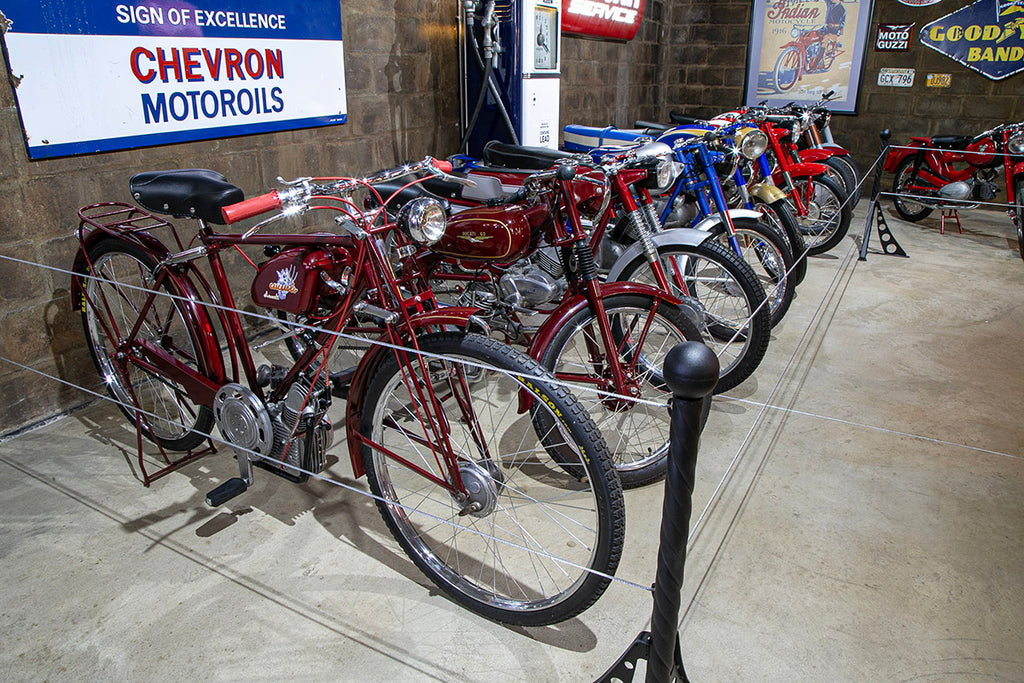
“My father always had bikes. We never had a lot of money, so he used to ride the British bikes like the Triumphs and Nortons. A 1948 Velosolex moped was the very first one I owned. It is this specific one that is in the museum. It is original and I haven’t done any work on it. It sat in the garage for many, many years and it is very difficult to find parts for it. The next model I owned was a Honda SS50. From then onwards it was mostly larger-capacity motorcycles. I got a Honda CB750 and also a Kawasaki Z900. I made some money with them and then I bought a car. That is what a lot of us did back in the day. There wasn’t money to buy a car, so you either had to hitchhike or buy a bike. You never bought a new bike, it was always second-hand.”
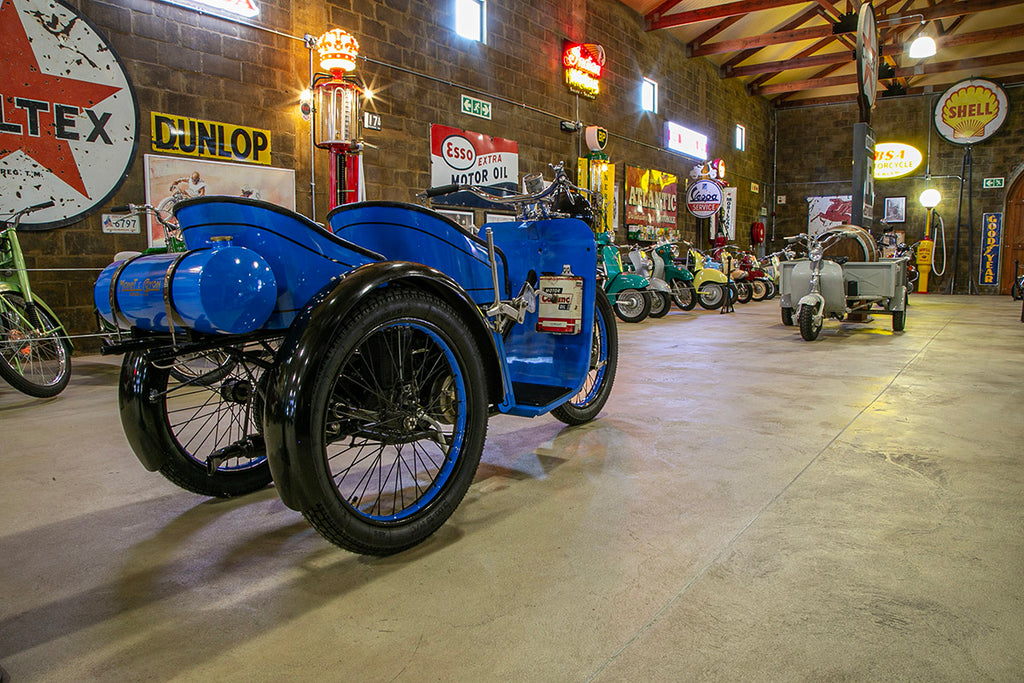
“You needed to work out for yourself how to fix a motorcycle, as it was too expensive to have it fixed by someone else. I also restored a number of classic cars, stripped them and then fixed them up and sold them on. In those days several people used to do that.”
The snowball effect happened when Dave wanted to own a few of the bikes he had enjoyed as a youngster. “I still had my Velosolex, but then I decided to look for a Honda SS50 to fix up. Then I thought... let me get another bike to fix up from my past. Eventually it just got out of hand and I started buying more classic bikes. I used to restore bikes and then I would sell them. At that stage I didn’t buy them to keep them. But that changed around 15 years ago. It has always been my main hobby - I don’t play golf! I would rather be fiddling around with the bikes.”
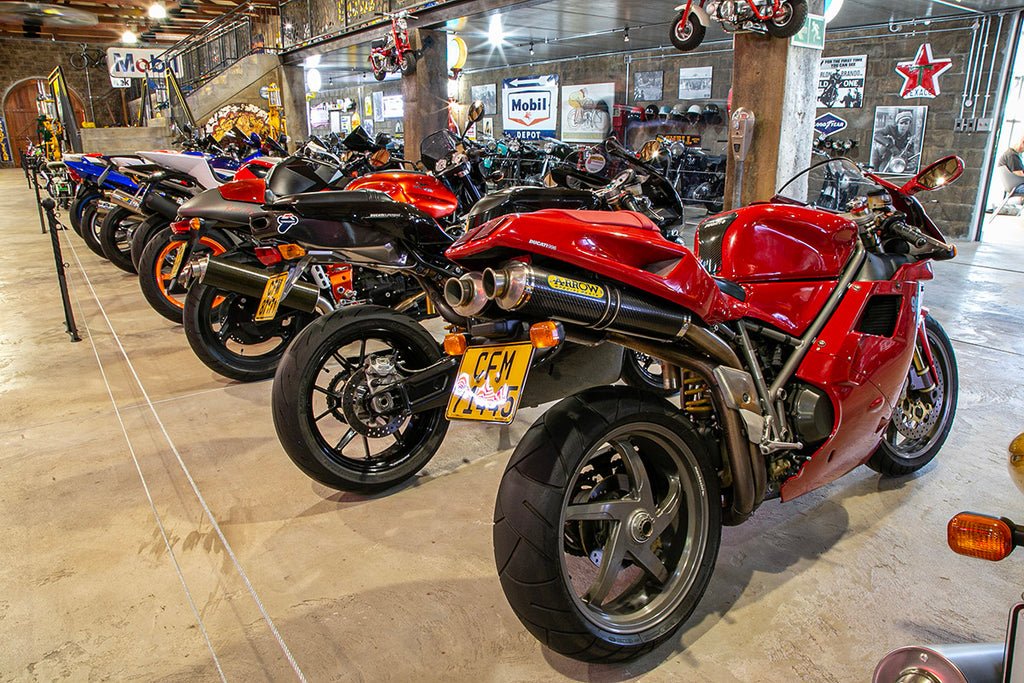
Dave is very modest, but he is clearly a master at the craft of restoring motorcycles. The details of these classics are a testament to the time, effort and energy he puts into each project and it truly brings these classic motorcycles back to life for all to see and enjoy.
Storing these motorcycles is no easy task. Although oil is kept in the drivetrain and the engines are turned switched on, on a monthly basis to oil all the interior parts of the engines, fuel is never put in the motorcycles that are displayed... for obvious reasons. The motorcycles that are put on long-term display also have no batteries.
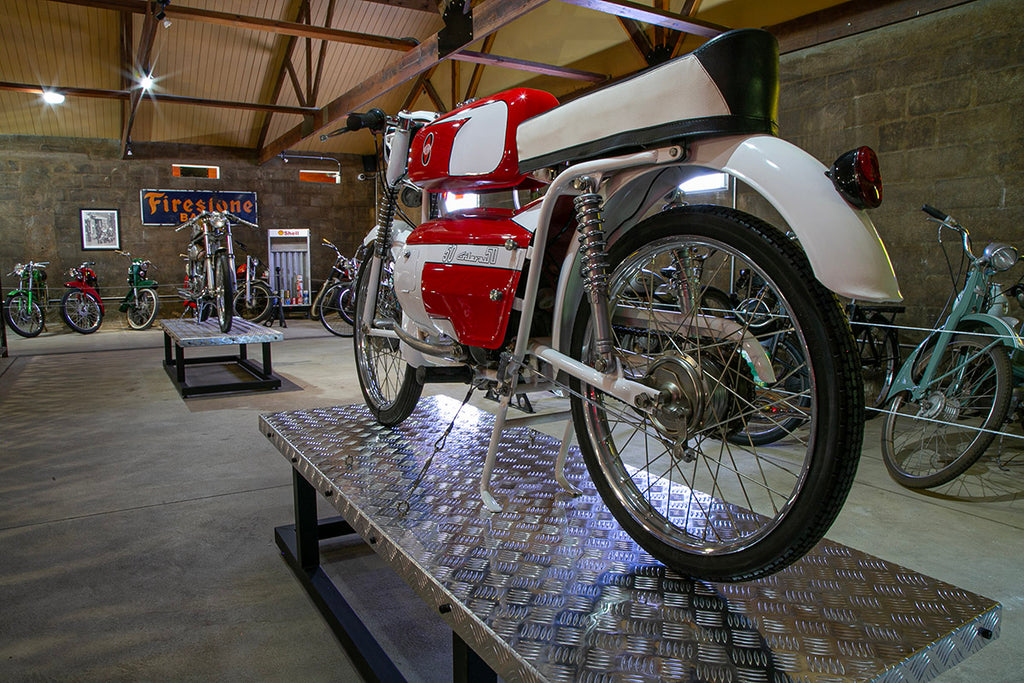
“Many collectors focus on one specific manufacturer like Honda or BMW. That makes the collecting and restoring process relatively easy as you quickly learn all the tricks of the trade. You can source all the special tools and literature. My problem is that nearly every single bike is different. When I stripped a Moto Guzzi, and then a Ducati’s engine, you quickly see that they are completely different.
“The fact that our post office is not functioning anymore means I can’t simply order parts from eBay as I did in the past. Now you need to courier parts which makes it very expensive. Several of these bikes had been laying in someone’s backyard for years. They would often be like scrap metal. Then you need to strip them down completely to every little nut and bolt. All the parts then need to be cleaned up, plated or chromed. Next you need to source all the parts which is extremely time consuming.”
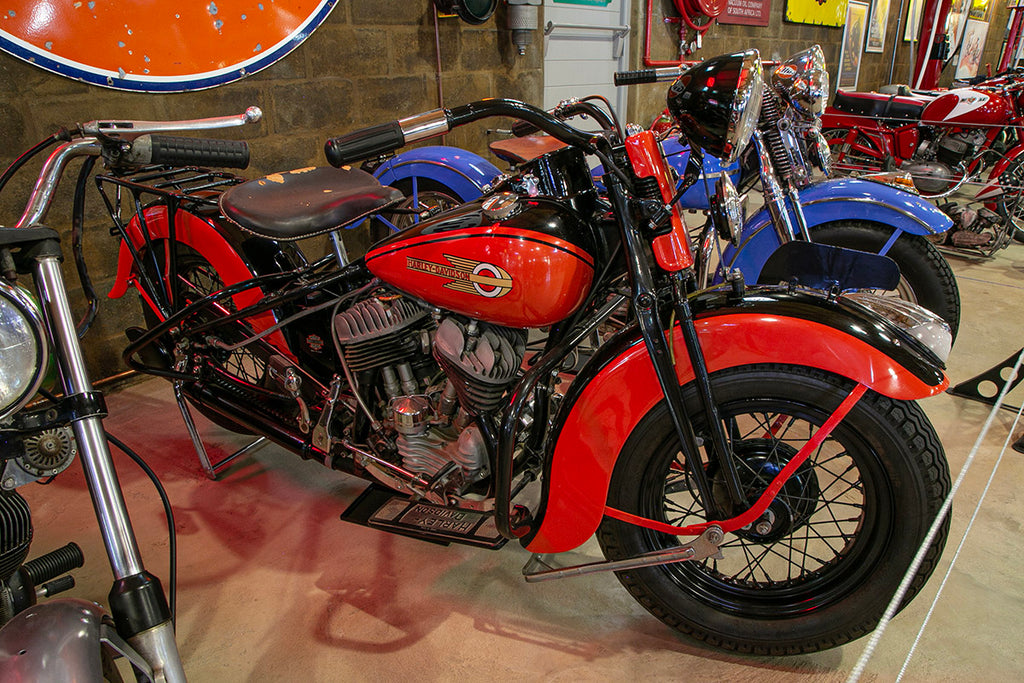
Sourcing the bikes can be divided into two streams, as Dave confirms that around half of the collection has been sourced locally, while the other half has been brought in from overseas.
“In the beginning I would build up a bike if it only had a frame and two wheels. But after doing it a few times, I realised it was costing me a huge amount of money and it is truly a terrible exercise and quite a hassle. Today, I refuse to buy anything that comes in a box or boxes!”
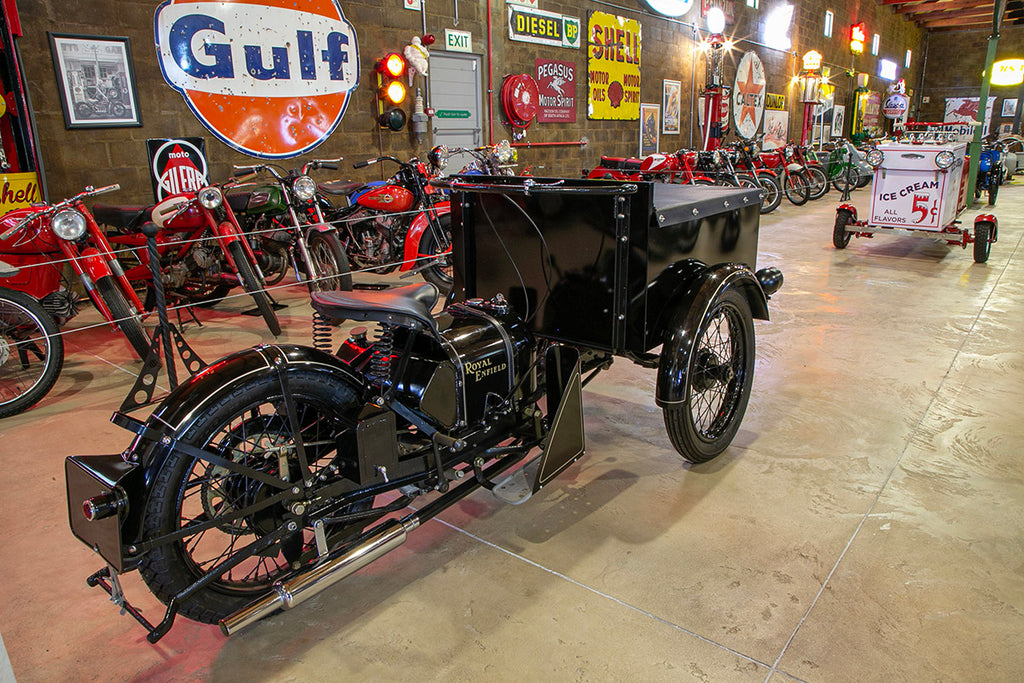
It is fair to say that one would understand why Dave has this approach now, after all he has paid his dues when it comes to restoring motorcycles and he still prefers them to cars.
“They are easy to fix and work on. Bikes were also the first transport for a lot of people. If you have a small garage, you can keep ten of them in there, while if you have a car, you can only keep one in the same space. When I restored cars before I got more involved in bikes, it was simply more complicated. You need more space and it takes more effort to move them around. I also work on my own, so with bikes you don’t need big machinery. I can lift things up myself and move the bikes or parts around by myself.”
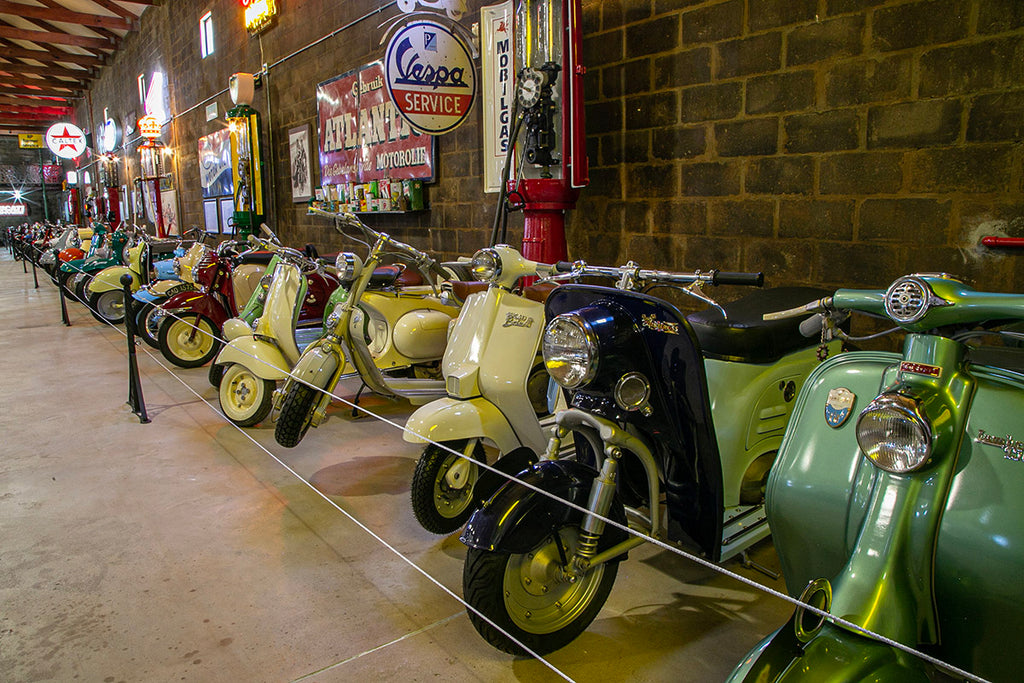
The patience it takes to restore some of these trickier and older bikes is evident when Dave explains what it took to restore one of the oldest bikes in the collection. “I have a 1910 BSA Round Tank. I bought it from a fellow collector who had it above his office desk. It was just a frame, two wheels, a tank and engine casings. It has taken me years to get it to where it is now. It is still not 100% as I need a special gearbox for the bike. But for the amount of money I’ve spent on it I could have bought two of them already! But you don’t notice it over the period of time as you carry on with the restoration, but then you notice how the file on the bike is getting thicker and thicker. And then one day you decide to go through that file and realise how much it has cost you.
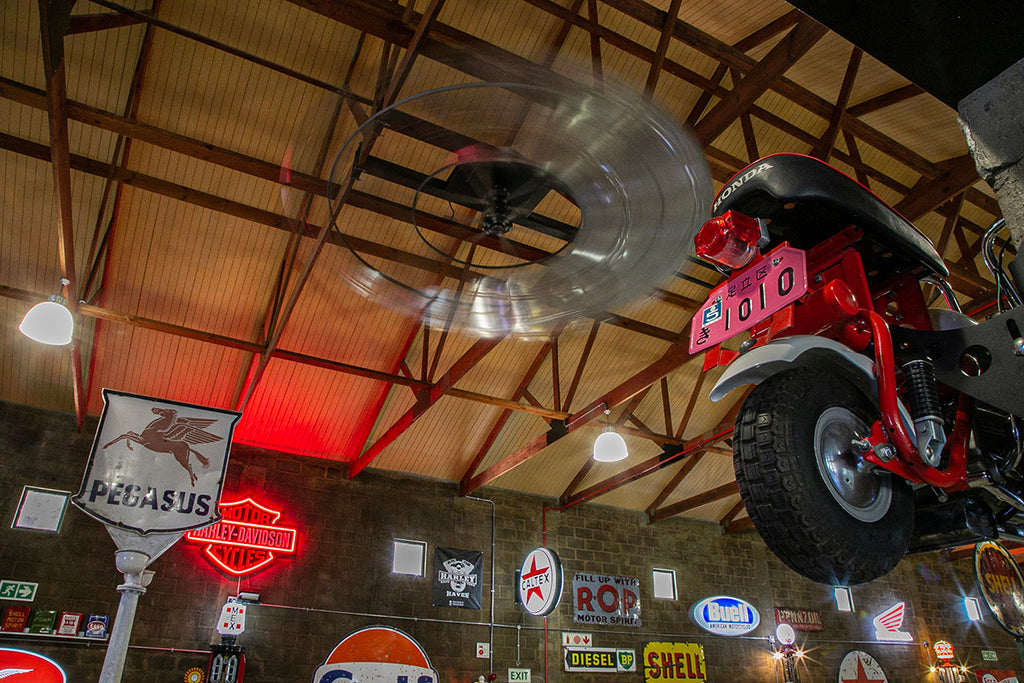
“One of the highlights for me is when a bike is done, and you can compare it to the day you received and the condition it was in, to what it looks like when you are done with it. To think that it was probably going to be recycled but now it has been saved – that really gives me a high level of satisfaction. Sometimes you want to give up, but when I open the doors and see them, I realise I can never sell them as I will never see them again.
“I like weird bikes and something that is different. I don’t want to collect one of each specific model range or each model of a specific year. I don’t want to see fifty superbikes that all look the same. A lot of bikes have been exported over the years and I try to keep them here and also offer some variety.” This is a specific aspect which Dave should be congratulated on, having imported scrap metal from overseas and having turned them into pristine motorcycles for the public to enjoy.
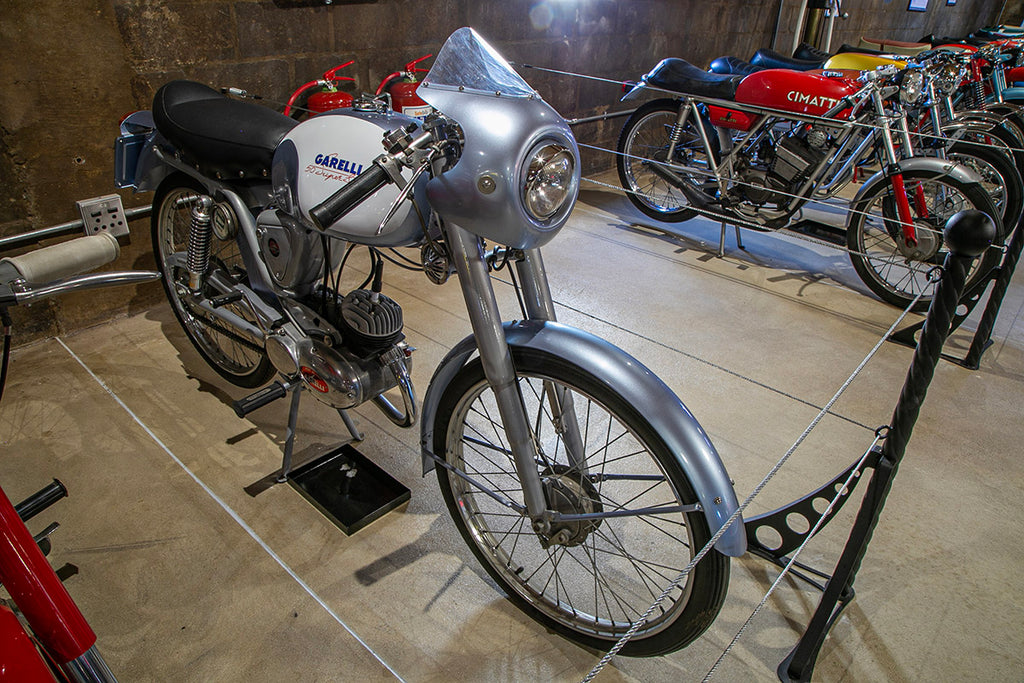
“Three years ago I saw this property and I started thinking about how I was going to do this museum and I also needed better offices for our business. At the time I had three warehouses and then also some lock-up units where the bikes were kept. Once a year I will go around and clean the various places and pump the tyres. I was crazy to continue doing that.”
“At home I still have another six or seven interesting scooters that I need to restore. Then there are another 30 or so bikes that need a full restoration. These include some Ducatis, Moto Guzzis and a BMW.”
As I walk out, I see the perfectly restored Honda pit bike mounted high up on the wall. Helderberg Motorcycle Museum is a place you need to walk through slowly so you don’t miss the details. I will return again.
Visit the Museum's website here.
